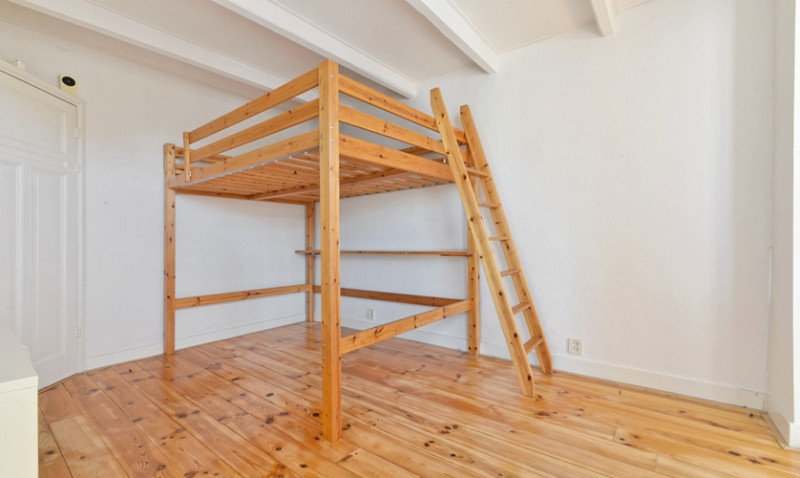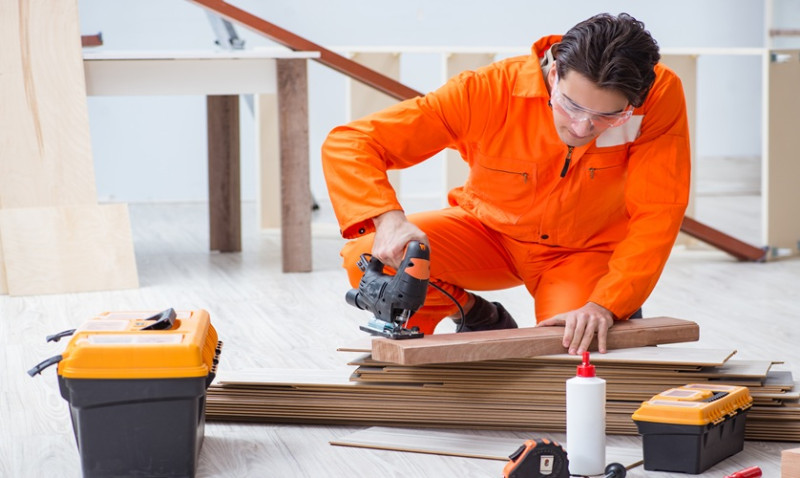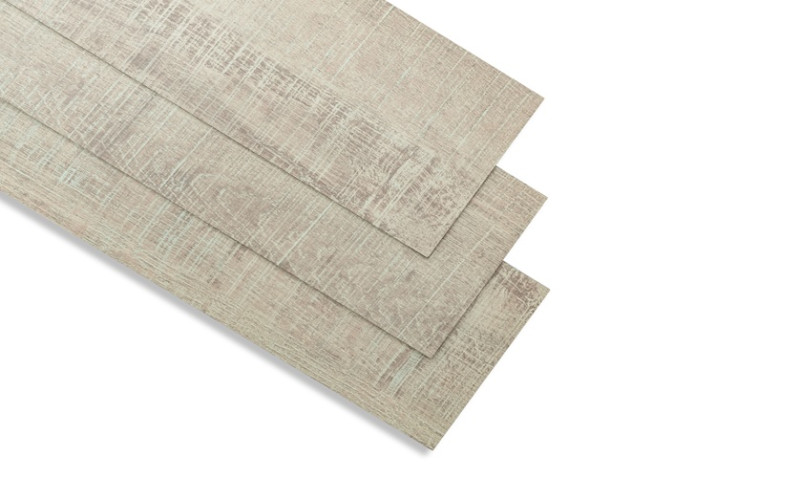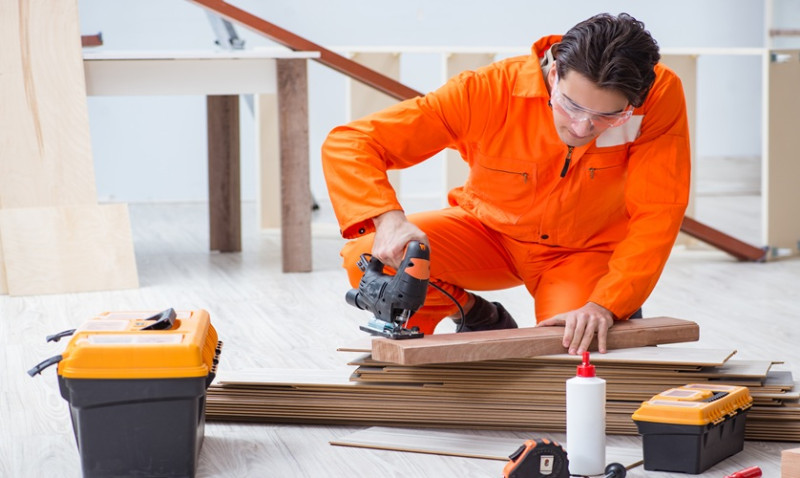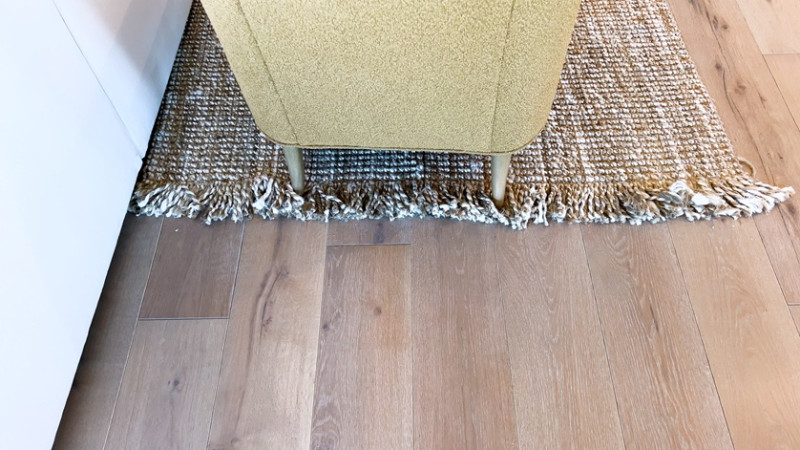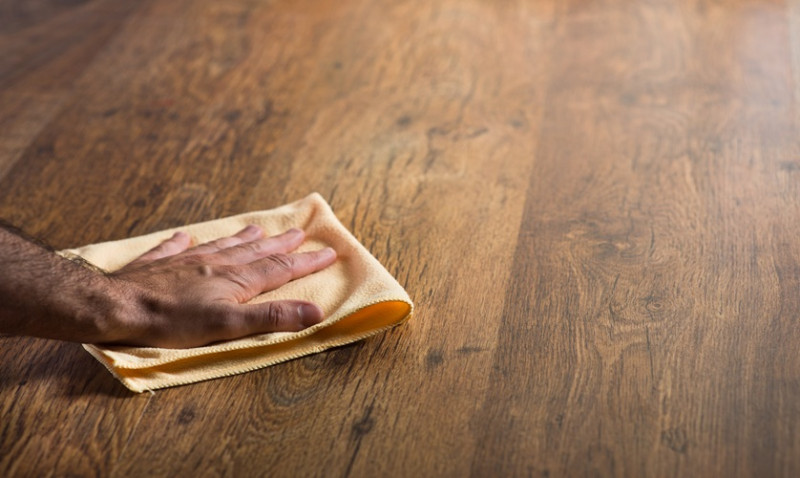
A well-loved hardwood floor tells a story. Scuffs from children's toys, the occasional wine stain from a dinner party, or subtle wear in high-traffic areas—these marks are evidence of a life lived in a home. But over time, these charming imperfections can accumulate, making your flooring look tired and dated. Fortunately, giving an old hardwood floor a new lease of life doesn’t require ripping it out. With the right techniques, tools, and a little elbow grease, you can turn back the clock and transform your space.
Whether you're a DIY enthusiast keen to try your hand at refinishing, a young professional wanting to personalise your first home, or a designer looking to revive original period features, refinished hardwood floors can elevate any interior. Best of all, it can be far more cost-effective than you think and deliver unmatched elegance when compared to vinyl or laminate alternatives.
Why Restore Instead of Replace?
In today’s eco-conscious world, preserving and transforming existing materials is more than just a design trend—it’s a responsible lifestyle choice. Hardwood, especially oak, walnut, ash or maple flooring commonly found in British homes, can be sanded and refinished multiple times throughout its lifecycle, meaning decades of continued use with proper care.
From an environmental and conservation perspective, restoring floors reduces waste and supports sustainable living. Replacing floors often means contributing to landfill and consuming more raw materials, while refinishing makes the most of what’s already there.
There's also undeniable charm in maintaining original features. Homebuyers and renters in the UK appreciate character-rich details, especially in Edwardian, Victorian, and Georgian properties. You can sand away years of grime while still maintaining the authenticity of period craftsmanship that no modern alternative can replicate.
Furthermore, restoring floors is significantly more affordable than replacing them. Sanding, refinishing, and sealing cost a fraction of a full tear-out-and-replace and generally take less time when managed properly. For homeowners on a budget or professionals managing project timelines, it's a win-win.
Step-by-Step: Transforming Your Hardwood Floor
Restoring a hardwood floor can feel daunting if you've never done it before, but broken down into manageable steps, it’s entirely achievable with a bit of planning. Here’s a general guide for DIYers in the UK wanting to get started:
- Clear and Clean: Remove all furniture, rugs, and fixtures from the room. Sweep and thoroughly clean to remove dust and debris. Use a floor-safe detergent to ensure no residue affects sanding.
- Sand the Surface: Rent a drum sander or orbital floor sander from your local tool hire shop. Sand in three stages: coarse grit to remove varnish and damage, medium grit to smooth out scratches, and fine grit for polishing. Don’t forget corners and edges — an edging sander will get into those hard-to-reach areas.
- Vacuum and Wipe: Once sanding is complete, vacuum the floor thoroughly and wipe down with a damp cloth or tack cloth to remove all fine dust.
- Choose a Finish: Decide between oil-based or water-based varnishes, or traditional hardwax oil if you're leaning toward a matte, natural look. Each has pros and cons based on durability, colour, and drying time.
- Apply Finish: Using a roller or applicator pad, apply your chosen finish in even coats. Let each layer dry fully before lightly sanding and applying the next. Usually, two to three coats are ideal for durability.
- Cure Time: Avoid placing furniture or rugs back for at least 48-72 hours, depending on the product used. Some finishes may require a full week to cure before heavy traffic is recommended.
This systematic approach ensures a smooth workflow and helps maintain the quality of your work. For more complex floor damages, or if your floor is showing signs of warping or deep gouges, seeking professional floor sanding services in the UK might be the safer option.
Choosing the Right Finish for British Homes
The UK’s unique climate and style preferences influence the ideal finish for hardwood floors. Moisture resistance is an important factor, especially for properties in older buildings without modern damp-proofing or in regions where humidity is more prevalent (hello, Cornwall or the Lake District!).
Water-based lacquers dry faster and emit less odour, making them great for homeowners staying in the property during the renovation. They provide a clean, modern look with excellent clarity and low yellowing over time. However, they can sometimes highlight natural imperfections in reclaimed floorboards.
Oil-based finishes take longer to dry but offer a deeper, richer tone, popular in traditional or heritage properties. They are generally more durable in high traffic areas, ideal for busy family homes or entranceways prone to muddy boots and wet umbrellas.
Alternatively, many designers and architects in the UK are turning to hardwax oils which blend the benefits of both. They provide warmth, natural sheen, and a breathable layer, essential for older homes that might shift slightly over time.
Pro Tips from Tradesmen & Designers
Experienced tradespeople know a few secrets that can take your hardwood floor transformation from “good” to “jaw-dropping.” Here are some of their favourite insights:
- Direction matters: Always sand in the direction of the wood grain. It’s tempting to cut corners, but rushing this step can leave unsightly marks.
- Test your finish: Always try your finish on a small, hidden section before committing. Different woods react differently, even within the same species.
- Use filler wisely: If your floor has gaps or cracks, fill them with a mix of wood dust and filler before your final sanding. It's an old-school tip still used by pros today.
- Mind your edges: Many DIYers forget just how prominent skirting boards and corners are. Use a corner sander or hand sand to keep finishes consistent around the room.
- Layer with rugs: After finishing, consider layering your wood with rugs to add texture and protect high footfall zones.
The Return on Investment
While the visual transformation is the most satisfying part of restoring hardwood floors, the functional and financial benefits are equally significant. In fact, real estate experts across the UK agree that refinished hardwood flooring can increase a property’s value and marketability. Homes with quality flooring often stand out in listings and attract more interest during viewings.
Plus, if you're a property developer or buy-to-let investor, upgrading existing flooring can dramatically improve interior appeal without the cost of full renovations. In a competitive rental market like London, Manchester or Bristol, this small change can lead to quicker lettings and potentially higher rents.
Preserve and Maintain Your Gorgeous Floors
To ensure your newly revived floor stays beautiful for years to come, maintenance is key. Here are some long-term care tips:
| Maintenance Task | Frequency | Purpose |
|---|---|---|
| Sweep or vacuum | Daily or Weekly | Prevents dust and grit from scratching the surface |
| Use pH-neutral cleaner | Monthly | Keeps finish looking fresh without surface damage |
| Reapply wax or oil finish | Every 12-18 months | Maintains water resistance and sheen |
| Refinish (light sanding + coat) | Every 5-10 years | Renews look and strengthens protective layer |
A felt pad under furniture legs and a 'no shoes in the house' policy can also go a long way in protecting your floors from future wear.
Final Thoughts
There’s nothing quite like watching an old hardwood floor come back to life. From dull and scratched to gleaming and warm, the transformation is both visual and emotional — reminding us of our home’s history while paving the way for the future. Whether you’re refinishing for aesthetic appeal, property value, or pure satisfaction, it remains one of the most impactful improvements you can make.
So, if you're staring down at your tired timber floorboards wondering if they’re worth saving—the answer is a resounding yes. Roll up your sleeves, grab some sandpaper, and get ready to uncover the hidden beauty already beneath your feet.
